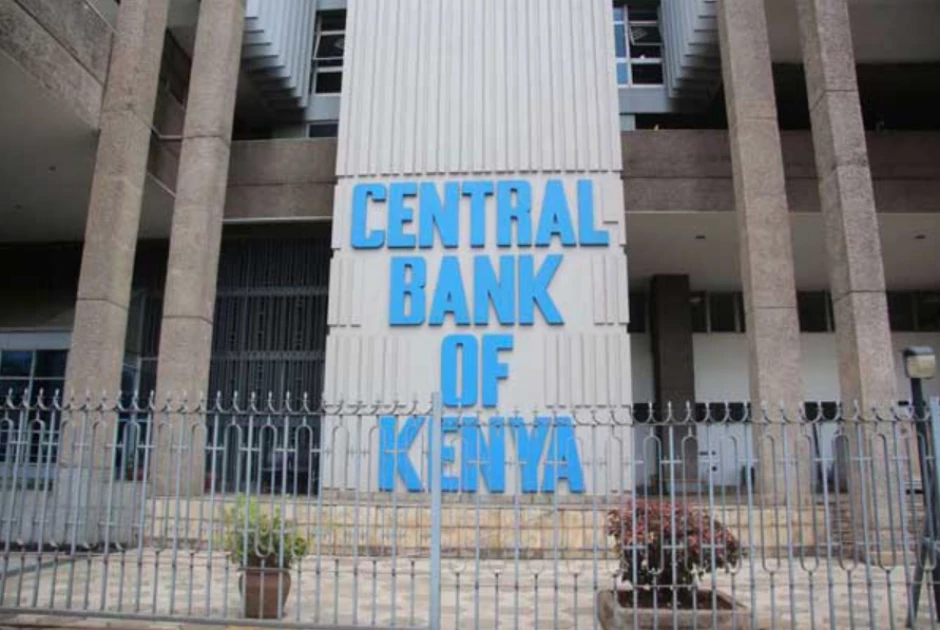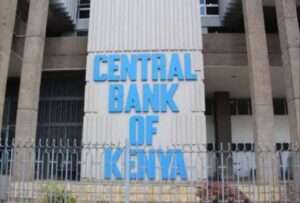
Central Bank of Kenya. Photo | courtesy.
The Central Bank of Kenya (CBK) has announced the issuance of a revised Risk-Based Credit Pricing Model (RBCPM) for the banking sector, following a wide-ranging consultation process with industry players and stakeholders.
The new model, which takes effect on September 1, 2025, for new variable rate loans, is aimed at strengthening monetary policy transmission, enhancing transparency in lending and ensuring borrowers’ credit costs are aligned with their individual risk profiles.
“The objective of the revised RBCPM is to strengthen monetary policy transmission, enhance transparency in lending, and promote responsible lending by aligning credit pricing with the borrowers’ risk profiles,” CBK said in a statement.
The final framework comes after CBK invited comments on April 23, 2025, from stakeholders across the financial ecosystem. These included commercial banks, development partners, non-bank financial institutions, industry associations, consultancy firms, academia, corporate firms and individuals.
“These comments were duly reviewed and considered in finalising the revised RBCPM,” CBK noted.
ALSO READ: How to Invest in Treasury Bills in Kenya: A Beginner’s Guide
At the core of the model is a new benchmark reference rate, the Kenya Shilling Overnight Interbank Average (KESONIA) , which replaces the overnight interbank average rate. The regulator explained that KESONIA has been introduced to align it to the international best practices and is closely linked to the Central Bank Rate (CBR).
Under the revised framework, the total lending rate will be determined by the formula:
- Total Lending Rate = KESONIA + Premium (“K”)
where “K” covers the costs related to lending, shareholder returns and the borrower’s risk profile. Meanwhile, the total cost of credit will be defined as:
- Total Cost of Credit = KESONIA + K + Fees and Charges
According to CBK, KESONIA will apply to all variable rate loans except foreign currency-denominated loans and fixed-rate loans.
“Where KESONIA is not practical, customers may be availed the use of the Central Bank Rate (CBR) as the alternative reference rate,” the regulator said.
To safeguard borrowers, banks will be required to publish on both their websites and the Total Cost of Credit (TCC) portal their weighted average lending rates, average premiums and applicable fees for all lending products.
Existing variable rate loans will transition to the revised framework from February 28, 2026, after a six-month adjustment period.
“The revised RBCPM will take effect from September 1, 2025, for all new variable rate loans. As for existing variable rate loans, the revised RBCPM will take effect from February 28, 2026, at the end of a 6-month transition period for finalisation of the necessary arrangements,” CBK stated.





